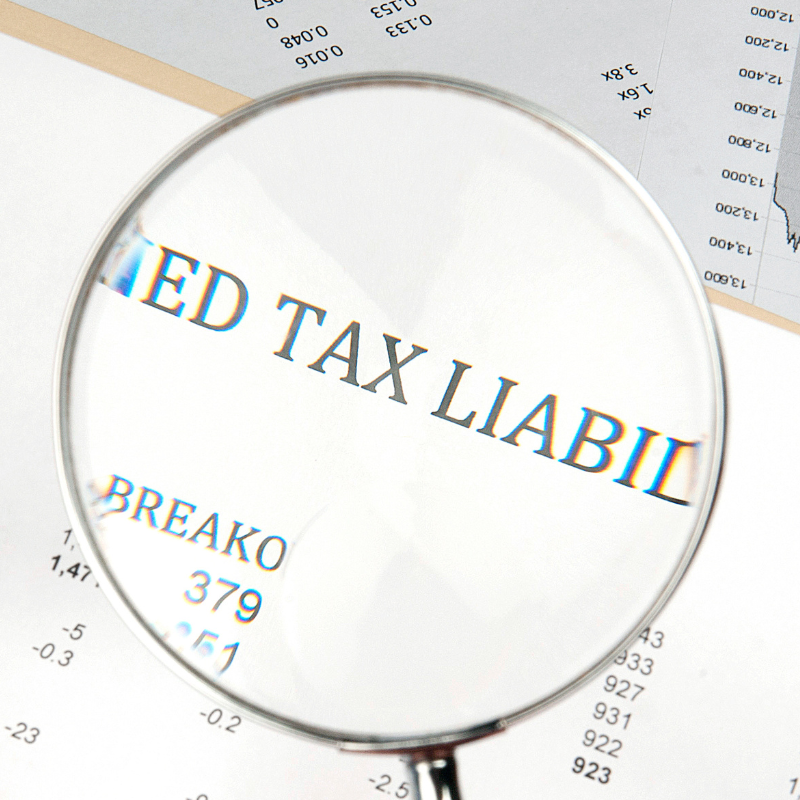Is a Self-Insured Plan for You?
At a time when finding skilled workers can become increasingly difficult, slashing employer provided benefits as a means of controlling costs can have a detrimental effect on your work force. The concept of being self-insured was typically reserved for large employers who cover several hundred lives but it is becoming increasingly more common place with smaller employers.
For employers considering the impletion of a self–insured plan, the following are some of the pros and cons to consider before pulling the trigger:
Plan Design
This falls squarely in the corner as a major benefit of being self-insured. Under a fully insured plan provided by an insurance company you have to pick from the plans offered, often with little flexibility in plan design. As the sponsor of a self-insured plan you have tremendous ability to design the plan to cover expenses that are important to you and your employees and exclude from coverage other items. In addition, you can raise or lower deductibles and other features of the plan making certain the plan meets your specific needs.
Risk
Under a self-insured plan the risk for adverse claims falls on the employer but the benefits from lower claims are also realized by the employer. Every employer under a fully insured plan is charged a different premium for their coverage. The rates charged are generally determined based upon a projection of claims for your individual employees, plus administrative costs, plus a profit margin. Since the insurance company bears the risk for adverse claim development, they typically will build into the rate a cushion above projected claims when determining your company’s premium amounts. Under a self-insured plan you pay the individual claims and therefore assume the risk if claims materialize above the projected amounts but also gain the benefits when total claims are less than projected (and remember the insurance company typically builds in a cushion and profit margin when determining your rate). In order to minimize the risk of a small number of large claims having a significant impact on costs, most self-insured plans will purchase stop loss insurance to cover large claims that exceed a predetermined deductible (typically between $50,000 and $200,000 annual expense per claimant).
Cash Flow
Similar to risk, cash flow can be a benefit or cause significant cash flow issues based upon the timing of actual claims. Under a fully insured plan, a company can accurately project cash needs based upon employee head count. The premium rates remain in effect for a full year and are paid monthly with the only variance in monthly cash outlay being caused by the number of covered lives. Under a self-insured plan you pay the claims as they are presented, which can result in large fluctuations in cash flow on a monthly basis.
There are number of other critical items to review before making the decision to change plan design but the first and most important consideration is to determine if your company can get past the risk for adverse claim development and potential variances in cash flow. If the answer is YES then further discussion is warranted!
 |
John Mortenson, CPA, Partner T (973) 898 9494 [email protected] View Experience |
Ask Our Experts
The information contained herein is not necessarily all inclusive, does not constitute legal or any other advice, and should not be relied upon without first consulting with appropriate qualified professionals.



